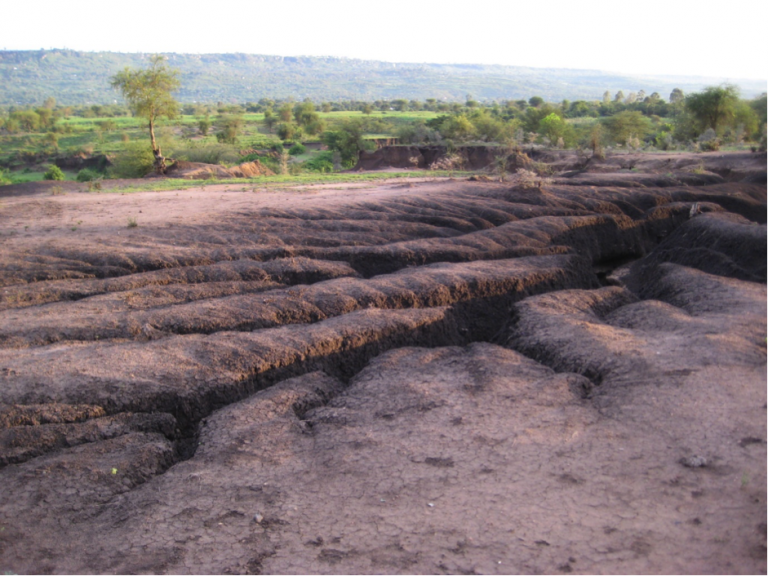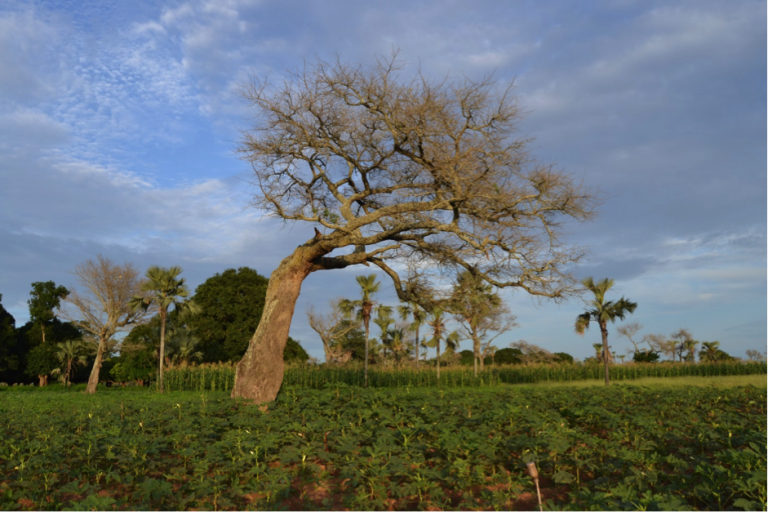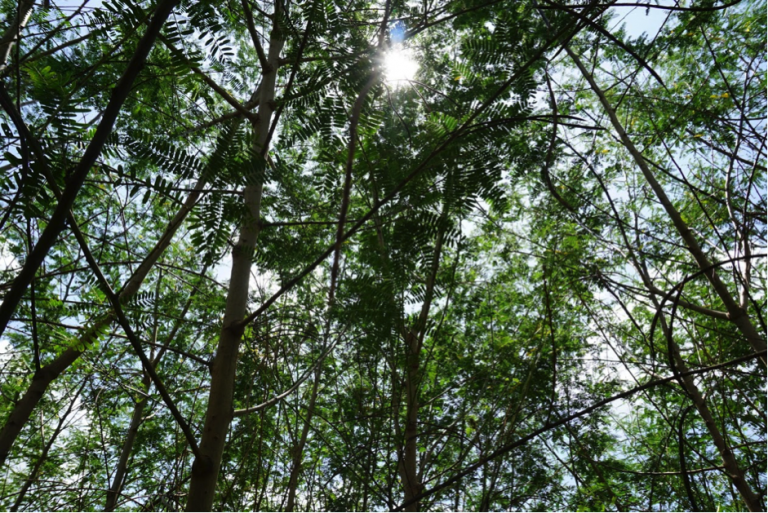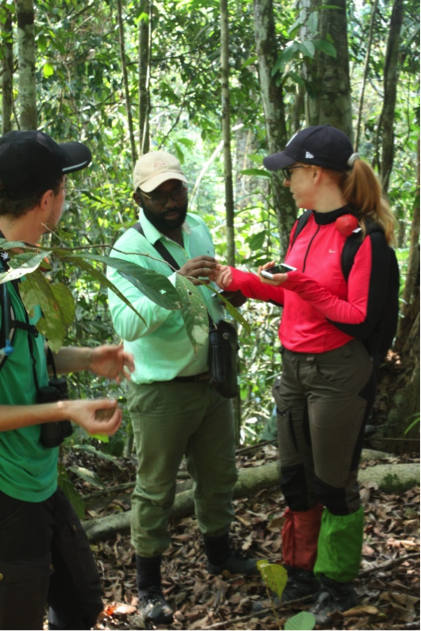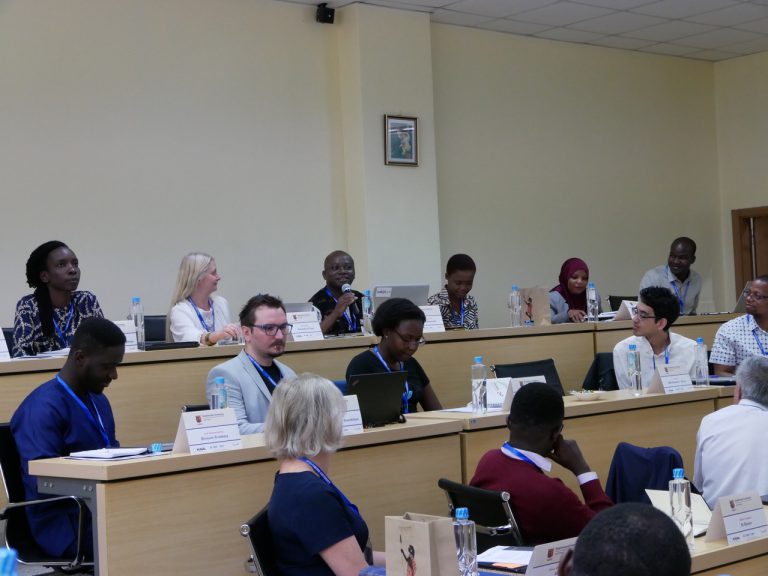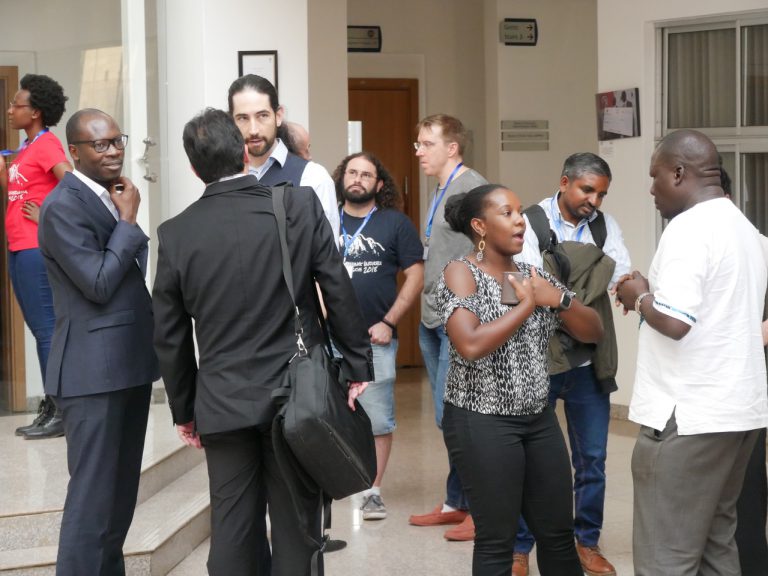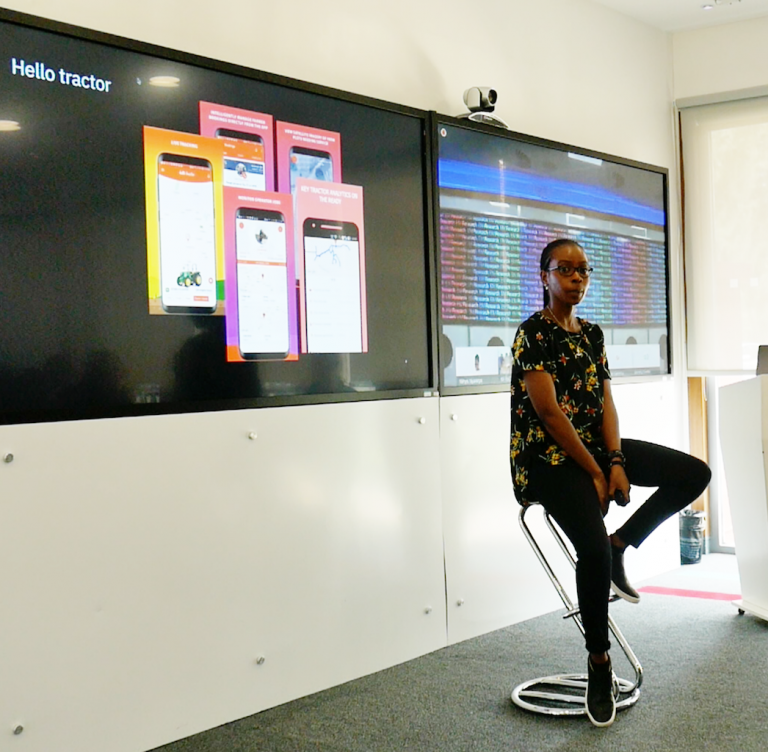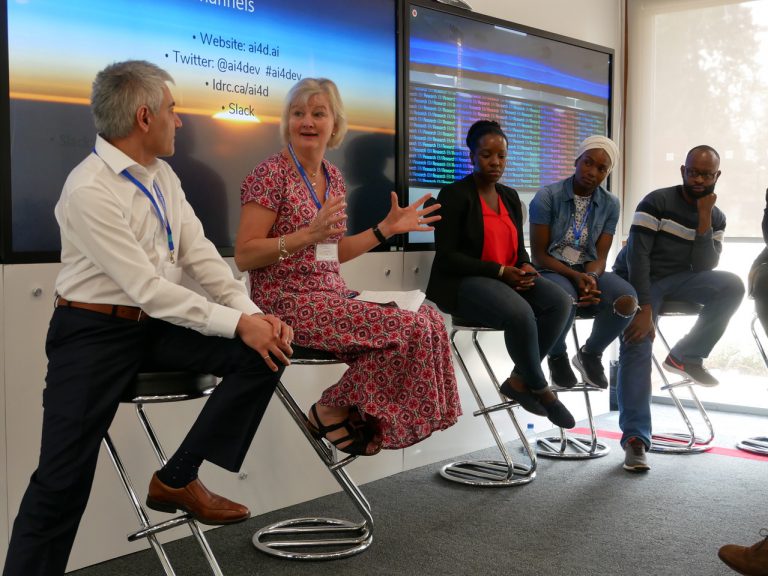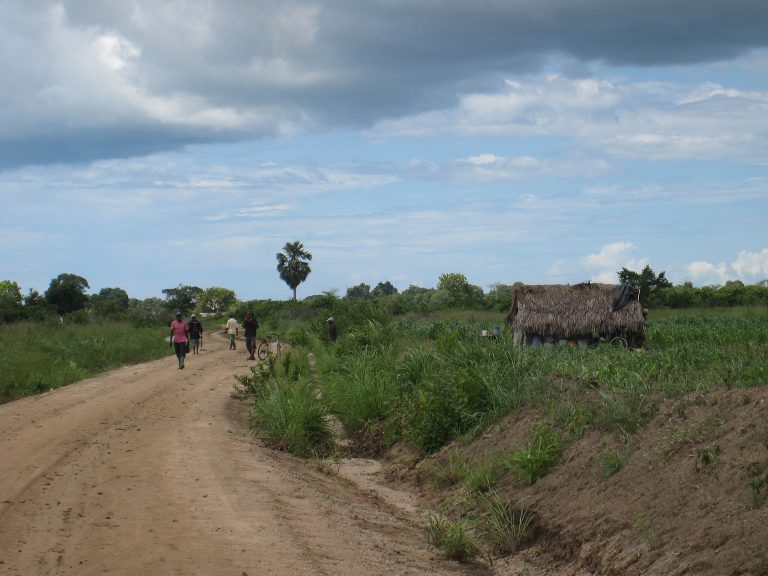This blog is written by Therese Rantakokko, financial officer at SLU Global.

The campus at the Université Catholique de Congo. Photo: Therese Rantakokko
“What is your profession?” That is the first question I received while going through migration at Kinshasa airport. With my rather poor Duolingo French I manage to explain that I’m a financial officer. A financial officer you might think, what is a financial officer doing on a duty travel in the Democratic Republic of Congo (DRC) when the project is about environmental assessment? Shouldn’t it be the researcher travelling? Is it really necessary for a financial officer to travel so far to such to a country to where only necessary travels are allowed according to the Ministry for Foreign Affairs in Sweden?
My answer, which of course is subjective, is Yes. Without a working administration in the background, the researchers will have problems in conducting their tasks. The administrators and financial people in the team are important. In a context like in the DRC it is even more important that the administration is running, if not smooth, at least as smoothly as possible. A project like this might be seen as having two sides, the Swedish and the Congolese. However, that is not the way you can look at a cooperation like this. We are one team, where each team member contributes with their expertise weather it is a professor, a student or a financial officer.
I know the Swedish context and I have been working with projects funded by the Swedish International Development Cooperation (Sida) for the last ten years. My colleague at the Université Catholique de Congo (UCC), in the DRC, knows the local context there and have a long experience from working with other funders. By working together, we will make sure that the administrative routines are in place. That the legal framework on both the Swedish side and Congolese side is fulfilled. Together we can also build routines that are efficient for the project.

My Congolese colleague Othis Kitoko and I. Photo: Sœur Marie-Rose Ndimbo
At SLU we work in a very digital environment to handle our financial matters, more or less everything is handled in systems that are digital and integrated with each other. It is hard to do something outside the systems. In the DRC on the other hand, there are almost no digital systems. It is a context relying very much on cash. Despite the different contexts we have one project and need to report everything as one project, therefor it is of great importance that we understand each other’s contexts and discuss these issues within the team.
At SLU the accounting on an invoice is made in the system and we can easily withdraw the reports we need just by clicking. My problem sometimes is about which report to use as there are so many in the system. My colleague at the UCC on the other side, have to create the reports from the cashbooks, often by using an Excel file. A lot of the information that the system keeps track of for me, he has to keep track of manually, such as how the payment was made, by bank transfer, cash or check. It is not always easy, and you need to keep your papers and files in order. The order of the files and documentation must also be easy for someone else to follow. Projects funded by Sida are always externally audited.

Sœur Marie-Rose Ndimbo and Othis Kitoko. Photo: Therese Rantakokko

Lunch break with my Congolese colleagues Othis Kitoko, Seur Marie-Rose Ndimbo and Bila-Isia Inogwabini (right). Photo: Therese Rantakokko
However, this way of working is not new to me. Some 20 years ago I was working in Sudan for a Non Governmental Organisation (NGO). Although the NGO had a great financial system at the headquarters (HQ) back in Europe, we were not using it in the field. Internet access was limited, and we used Excel-files that was imported to the financial system on regular basis for the HQ to do their follow ups. One of the first things I got to learn while working in Sudan was how to create simple pivot-tables in Excel in order to get reports that we could use on daily basis. In this way we could get the reports we needed to conduct our work, and we did not have to wait for the HQ to send us the monthly reports. During this visit to DRC it was my turn to introduce pivottables to my colleague. From this we can build our project reports fulfilling the needs of the project as well as from the funder. When working in contexts with different conditions going back to basics is the way forward as Basic knowledge never fades.

